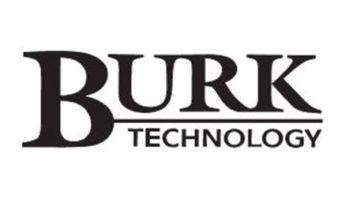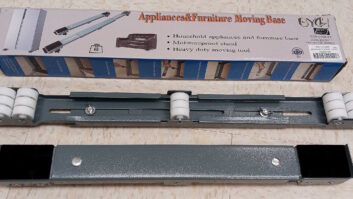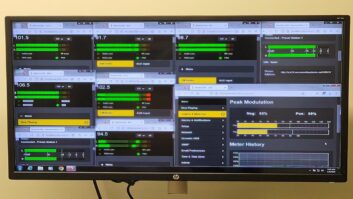
Fig. 1: A spare 3 RU panel can help you rack-mount a monitor. We often need to put a computer monitor in a rack; and usually we’ll just plop it on a shelf.
Curt Yengst, CSRE, is engineer for Pillar of Fire’s WAWZ(FM) in New Jersey. He wanted to mount a flat-screen monitor more securely in a rack in his Technical Operations Center. He took step-by-step pictures to show the simple process.
If your LCD monitor has VESA standard mounting holes in the back, it can be mounted on a standard 19-inch rack panel easily. For adequate support, use a blank panel three rack units high (3 RU), centering the monitor mounting holes on the panel, as seen in Fig. 2. Then drill holes to match those on the back of the screen.
Curt adds a helpful hint: To create a template for drilling the holes, draw a square exactly 10 x 10 cm and drill the holes at the corners.
Once the holes are drilled, select the appropriate machine screws to mount the panel to the back of the screen mount, as in Fig. 3. Finish by screwing the screen/panel assembly into the rack. Utilizing the monitor’s VESA mounting holes, this monitor isn’t going anywhere!


Fig. 2: Center the panel to the monitor and mark the four mounting holes …Fig. 3: … and mount the panel to the monitor.
Figs. 4 and 5 show the completed mount. A simple project, and the finished product makes the effort worthwhile.


Fig. 4: Here’s a rear view of the panel supporting the monitor. Fig. 5: The finished mount.
****
Greg Muir of Wolfram Engineering reports that Manuals Plus, a division of Ridge Equipment Co., plans to close its doors in June.
For years, the Maryland-based company has been one of the largest dealers of manuals for legacy test equipment and other electronic gear in the United States. But Greg received an email recently announcing the planned closing. It encouraged customers to make an offer on any manuals needed.
Greg sent an email requesting a bunch of manuals for his Dranetz AC line analyzer and associated plug-ins, knowing that the normal cost of these publications would exceed a couple of hundred dollars; the company replied with an offer of $50 for the bunch.
A company representative told him that changes in documentation distribution, such as PDFs and numerous offerings on eBay, have really put a crimp in sales. At this writing, it appears that no one has offered to acquire the division, so the inventory most likely will go into a dumpster.
Greg and I share a dislike in using PDF’d manuals when trying to work on a piece of equipment. By the time you jump from page to page of a multi-part schematic, you have forgotten where you are going or what you are trying to do. Greg dislikes having to print everything out and end up with a “microprint” schematic of an original D-size print.
If Workbench readers need test equipment manuals, now is the time to act. It’s worth checking out the site via the search window at www.manualsplus.com to see if they have what you need.
Becky Lawrence is the contact at Manuals Plus; her email is [email protected].
****
Engineering consultant Tom Osenkowsky sent a note regarding the high dummy load VSWR we discussed in the April 8 column. He reminds us that the reflected power meter is not bandwidth restricted, so the meter will show returns on it other than just the carrier frequency. Ditto for modulation monitors!
Contribute to Workbench. You’ll help your fellow engineers and qualify for SBE recertification credit. Send Workbench tips to [email protected]. Fax to (603) 472-4944.
Author John Bisset has spent 45 years in the broadcasting industry and is still learning. He handles West Coast sales for the Telos Alliance. He is SBE certified and a past recipient of the SBE’s Educator of the Year Award.












